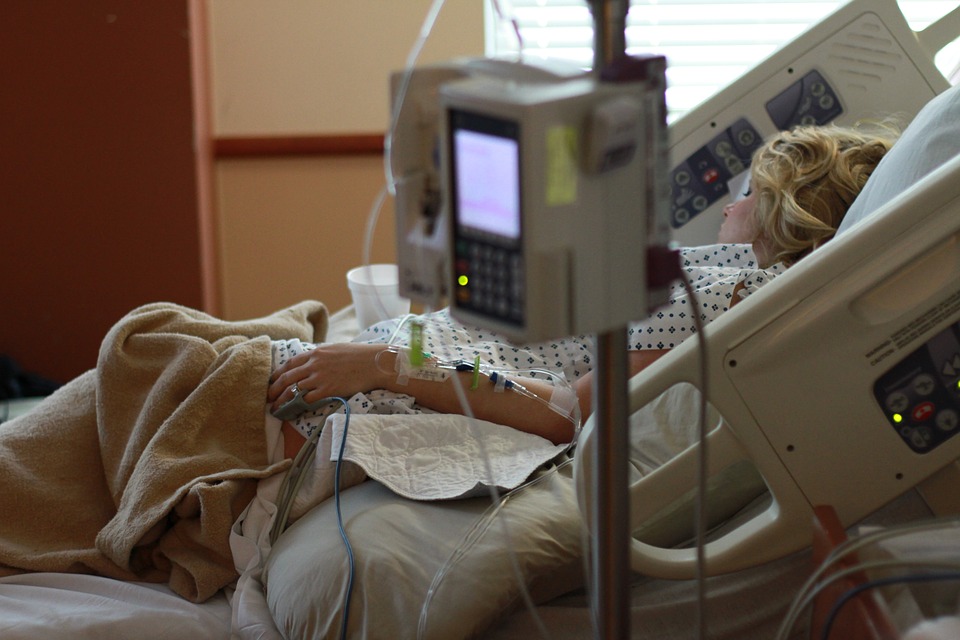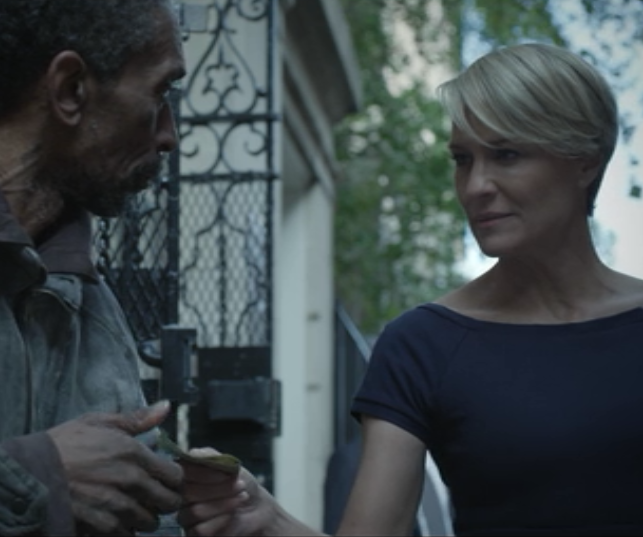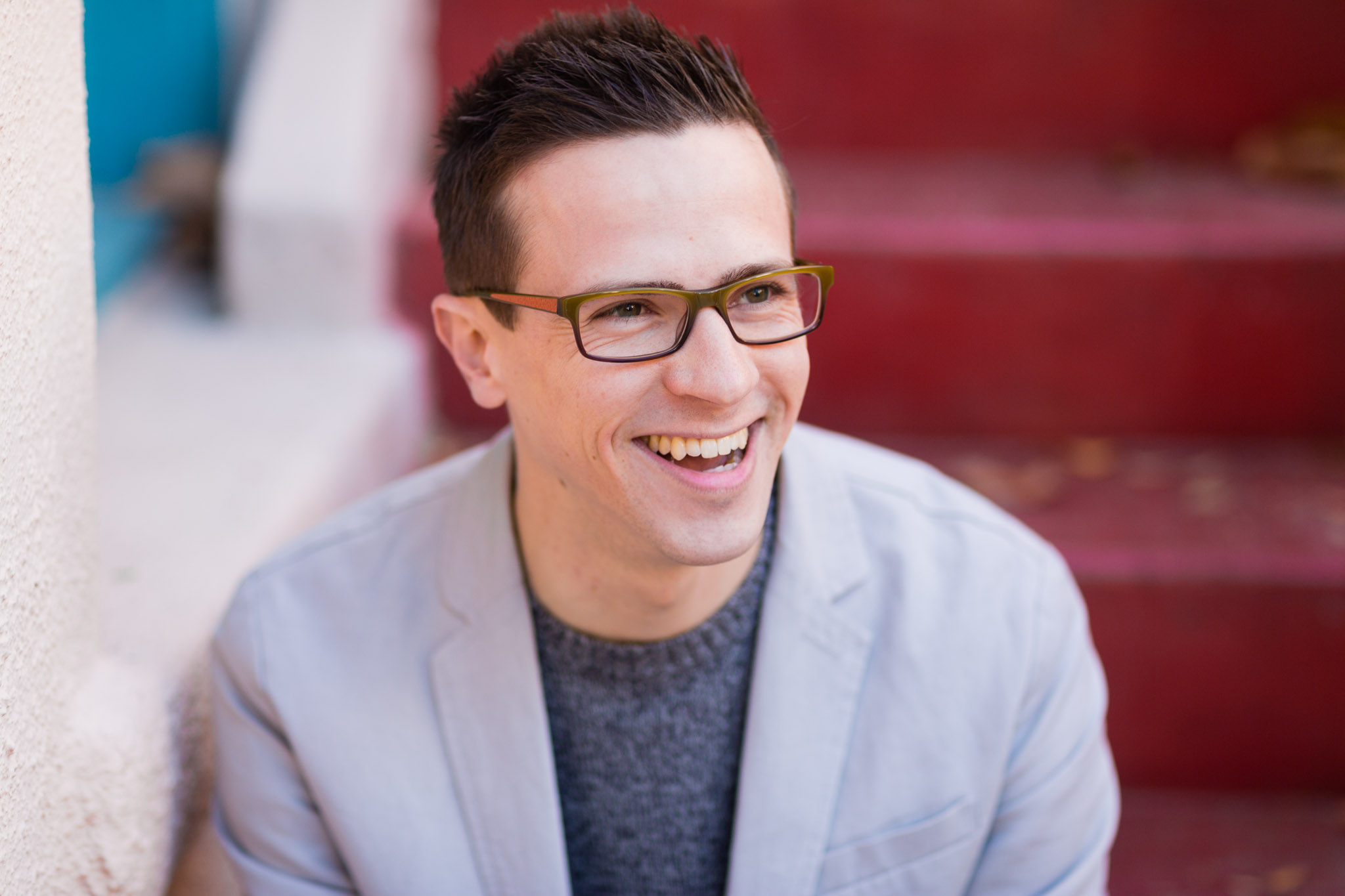A new client enters my office for the first time. She sits down and exhales, slowly, and I can see in her body the weight of her worry, her suffering. I watch her look at me, trying to make a rapid judgment as to whether I am trustable and safe, whether I can help or if I will judge or hurt or condemn. I hope she can see me as trustable. Slowly, she settles in and begins to tell me why she has come today. With my eyes, my words, and my gestures, I hope I send the message: I see you. I hear you. I am here with you. You are not alone in your pain.
These days, I spend about half of each week in my role as a social worker at one of Boston’s largest teaching hospitals. Specifically, I work with survivors of interpersonal violence – sexual assault, domestic violence, community violence, and other types of abuse. The people with whom I meet – whether for ongoing therapy or for a one-time consult – have been through some of the most painful experiences of human life. Like Jesus when he appeared to his apostles after the resurrection, many of them continued to bear marks of their suffering weeks, months, and years after the experiences of the abuse they endured. In my office, or in the hospital rooms or emergency department beds in which I meet them, they find the courage to open up to a stranger, to allow me to bear witness to their stories. And when I enter someone’s room to find them lying, often alone, in a paper-thin robe in a hospital bed, or when someone bravely enters my office and begins to tell the story of their suffering and their survivorship, I can’t help but believe, over and over, that I am on holy ground.
 Touching Heaven
Touching Heaven
The ancient Celts had a name for “those rare locales where the distance between heaven and earth collapses.”[1] They held that in most places, heaven and earth are only 3 feet apart, yet in “thin places” that distance is even smaller. In “thin places,” the veil between heaven and earth is lifted. The sacred touches the mundane, and even for a moment, we see clearly. We touch heaven.
I obviously wasn’t around, but I from what I’ve read, I think the Celts generally used the term “thin places” to refer to “wild spaces” – the peak of Croagh Patrick, for example, the Cliffs of Mahr, the Islands of Iona. Places where the wind whips, where one feels oneself small amongst God’s grandeur. I wonder what they’d think of me using it to describe my counseling room, which used to be a closet, barely big enough to fit two chairs and my desk, windowless and a bit harshly-lit with overhead fluorescent lights. Or a bed in the emergency department, separated from the others by just a thin curtain, monitors beeping and staff shuffling and life humming all around. Yet it is sacred space, and as I walk through the hospital doors each day, I remind myself that what happens within these walls matters deeply. Every day in this building, people will be born. Sometimes, too, people die. Every day patients here receive good news – It’s a boy. It’s a girl. The cancer is in remission. The surgery was successful. – and heart-breaking, life-changing news – We did everything we could. Unfortunately, it appears to be terminal. I’m so sorry, but she didn’t make it through the night.

Used under a Creative Commons License – Flickr user floringorgan
Holding Space for Others
Inside these hospital walls, the veil is lifted. A hospital is a vulnerable place—a place that reminds us that we are close to death, that we are fragile, that we suffer and experience pain. And yet. And yet within these hospital walls and in my tiny, windowless office, I witness on a daily basis the reality of strength, courage, hope, and recovery. My patients teach me about the tenacity of the human spirit, that people heal, and that I am capable of bearing witness to pain and holding space for others. Sometimes we laugh together. Sometimes we cry. Sometimes we sit quietly, together, when there is not much to say. The work is hard, and it is also holy, and in quiet moments I whisper prayers of gratitude for the chance to be here, to touch the sacred, to see dying and rising so clearly in front of me, day by day.
The poet Sharlande Sledge writes that the thin places are those where
the door between the world
and the next is cracked open for a moment
and the light is not all on the other side.
God shaped space. Holy.
The light is not all on the other side. It is here, with me, with my patients, in hospital beds and in my windowless office. It is in the telling of the story. It is in the hope we hold for healing. It is in the witnessing of pain. It is in the witnessing of life. The light shines in the darkness, and the darkness does not overcome. The veil is lifted. May we come to see.
The views expressed here are Erin’s own and do not necessarily represent the views of the medical center.
[1] Eric Weiner, Man Seeks God.








Erin, lovely! I have always believed in the thin places. You are truly a blessing to your clients. Your post reminded me instantly of a poem Death Is Nothing At All by Henry Scott Holland. I guess it always reminds me of the thin places between me and my loved ones who have passed.
Thank you for that post Erin. You are blessed in your work. May God walk with you.
Thank you Peggy for reminding me of Henry Scott Holland’s poem; it is very true.
Beautiful!
A beautiful reflection, Erin. And true.
Deeply inspirational! Whenever we allow the Holy Spirit to be involved, we find the thin places. Thank you for sharing this.
Reblogged this on God in all things and commented:
I’ve written about the thin places before. This captures it beautifully.
Beautifully written! Thanks so much. God bless you for holding sacred space for others.
Beautiful and inspiring! I have come to understand that the light is not all on the other side…
Thank you for a beautiful and inspiring way to help me continue being there for those who need someone to listen and hear their stories——and maybe, weep with them.
Thank you for this lovely piece. It reminds me to be “mindful of God” in all things. Thin places…. I have experienced glimpses of “thin places”.
Amen!
Change the hospital to a prison and your words reflect exactly what I experience as a Catholic Chaplain at a youth prison. Thank you for sharing your eloquent and articulate experience of sacred spaces and thin places.
My brother had severe dementia and is in a care home. This sums up my experience of visiting him, witnessing the caring of the staff and other visitors and the life of the residents.
A very moving article .pleased we have such great people around us for help when needed .
I have read, and re-read this article so many times. Such a reminder of the thin moments in our lives, and also a lesson that being the hands, eyes, ears, and feet of God is not always in a place of easy comfort. Loving people means that we recognize them for who they are and acknowledge that we are on this journey with them good or bad. Their pain must shared, and that is Holy Communion. In that moment we acknowledge the brokedness in our lives as we journey to find the whole. Thank you for all of your articles. Shalom